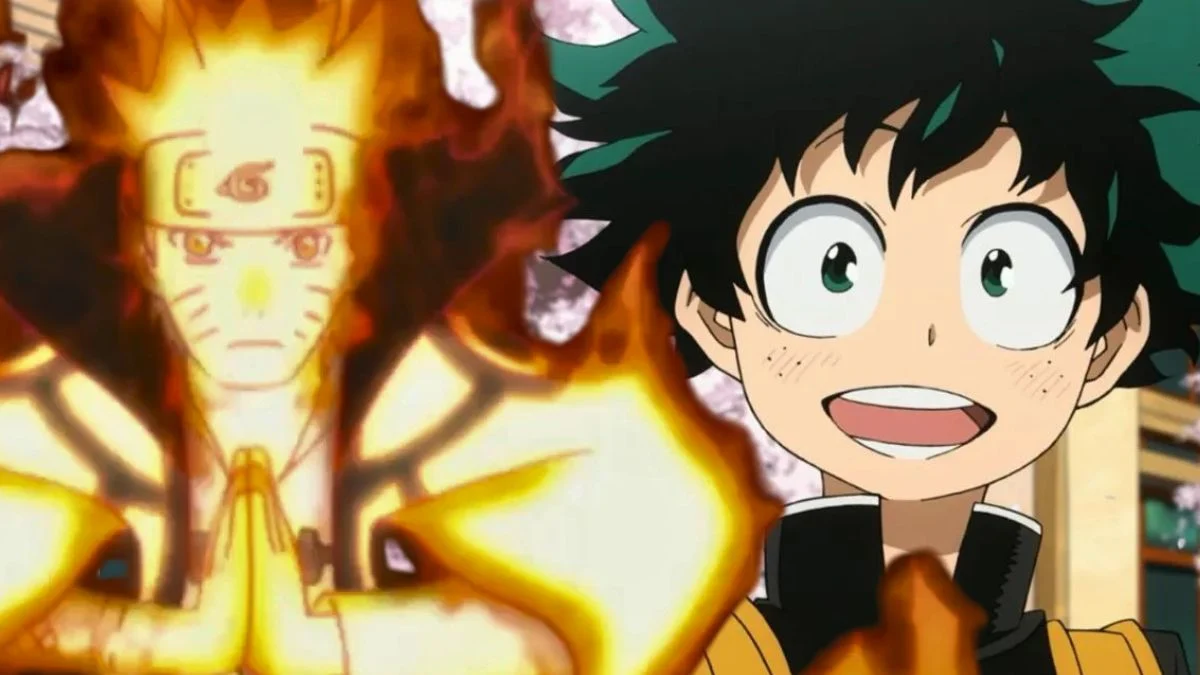
It’s easy to get details wrong about long-running shows, especially those with lots of adaptations and complex stories. Small mistakes can turn into widely believed myths over time. This list sets the record straight, using facts directly from the shows themselves. It’s a great resource to help you catch inaccuracies during your next rewatch and see what the creators originally intended.
‘Naruto’ (2002–2017)
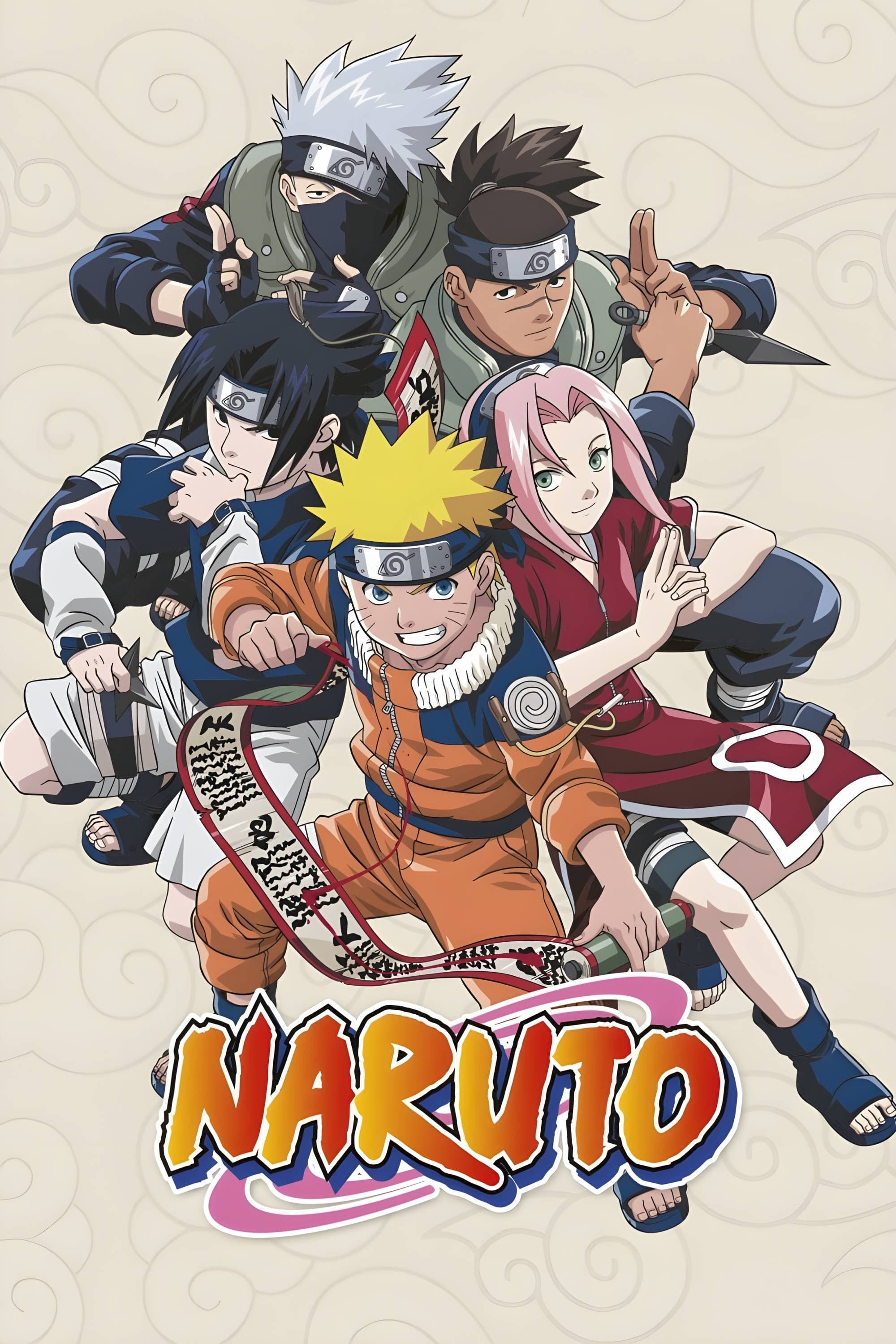
Naruto isn’t the Nine-Tailed Beast itself, but a human who contains it, known as a jinchuriki. He doesn’t just know the Shadow Clone Technique – he can use it constantly because he has a massive amount of chakra to fuel it. He didn’t fail the academy because he lacked fighting skills, but because he struggled with the regular cloning technique. He improves quickly once he learns to harness the Nine-Tails’ power and receives training specifically designed to help him succeed.
‘Attack on Titan’ (2013–2023)

Most Titans aren’t a different kind of creature; they’re actually humans who have been turned into Titans using a special serum. The walls protecting cities aren’t just built with stone – they’re reinforced and defended by massive Titans. Eren’s ability to control other Titans comes from a powerful Titan known as the Founding Titan, but it only works under certain circumstances with people descended from Ymir. The real reasons for the conflict are complex human issues, like politics and past events, rather than just battling monsters.
‘One Piece’ (1999–present)
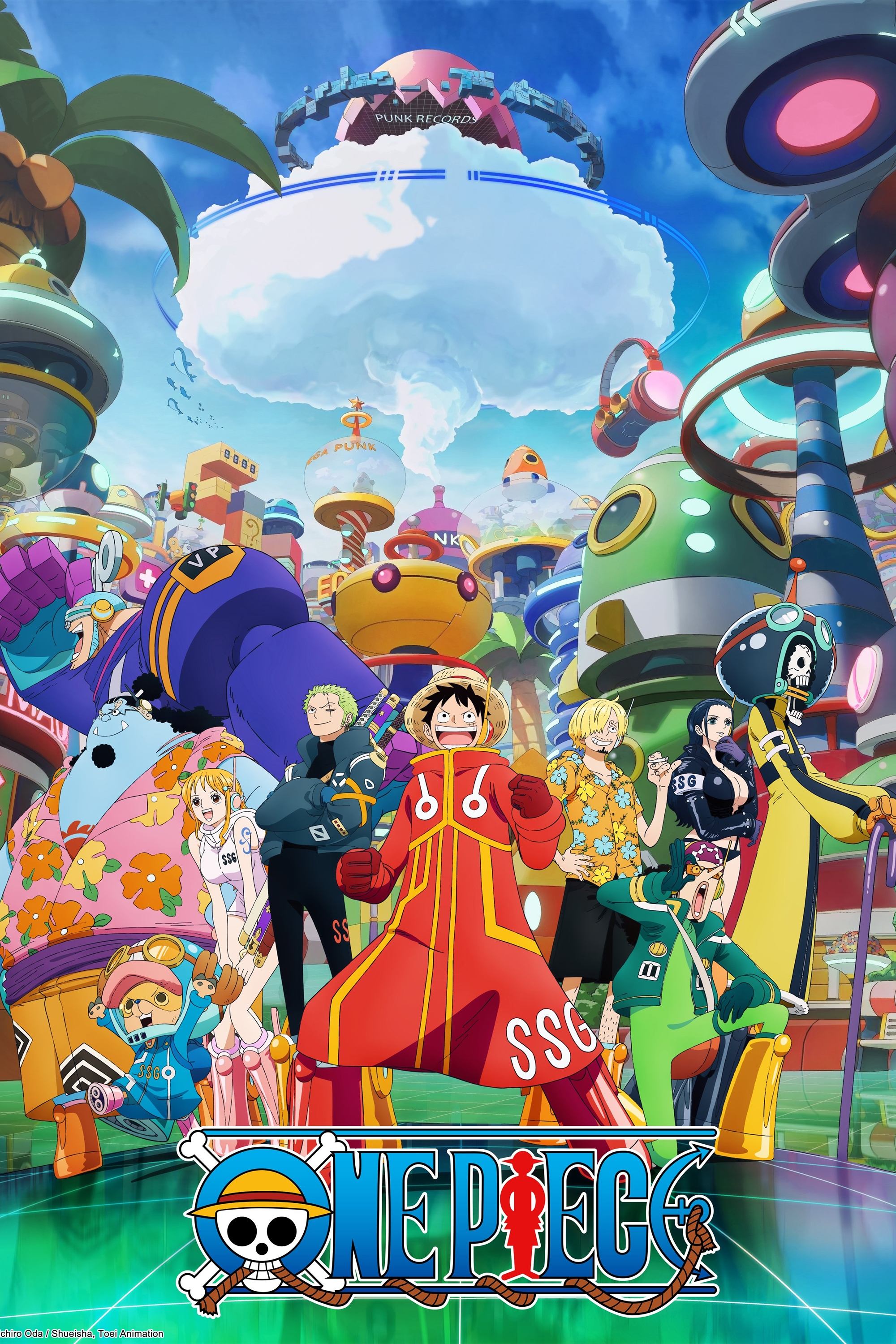
Eiichiro Oda, the creator of One Piece, has confirmed that the titular ‘One Piece’ is an actual treasure, not a symbolic one. Navigating the Grand Line is tricky because its strong magnetic fields disrupt regular compasses, so sailors rely on Log Poses instead. People who eat Devil Fruits can’t swim and will sink, but they can stay afloat if they use boats or other objects to avoid being fully submerged. Ancient Poneglyphs are unchangeable stone tablets that need specialized knowledge to decipher.
‘Dragon Ball Z’ (1989–1996)

Originally, the iconic phrase was “over 8000” in Japanese, but it became “over 9000” when it was first dubbed into English. While power levels started as a way to gauge strength, they quickly became inconsistent throughout the story. A Saiyan’s tail isn’t just for show—it allows them to transform when exposed to a full moon. Different fusion methods, like the Potara earrings and the Fusion Dance, create different results because of how they work and the symmetry involved.
‘Fullmetal Alchemist: Brotherhood’ (2009–2010)
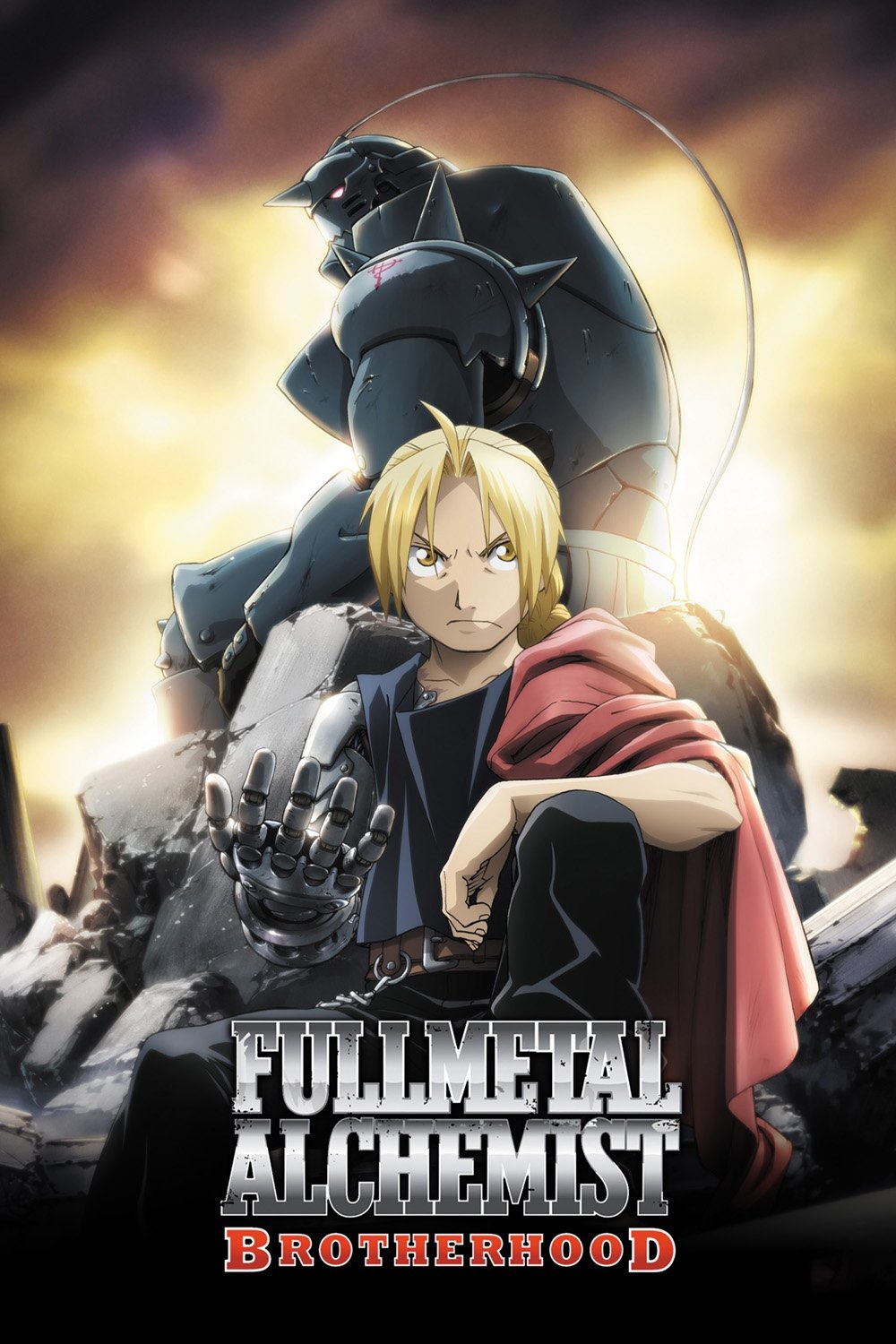
This isn’t a continuation of the previous anime series; it’s a fresh adaptation that stays very true to the original manga. The idea of ‘Equivalent Exchange’ isn’t a strict rule where everything balances out instantly, but more of a core principle. The Philosopher’s Stone is incredibly powerful because it’s made from human lives, and using it has serious ethical consequences. The rules and methods of alchemy also vary depending on the country, which becomes clearer as the story progresses.
‘Neon Genesis Evangelion’ (1995–1996)
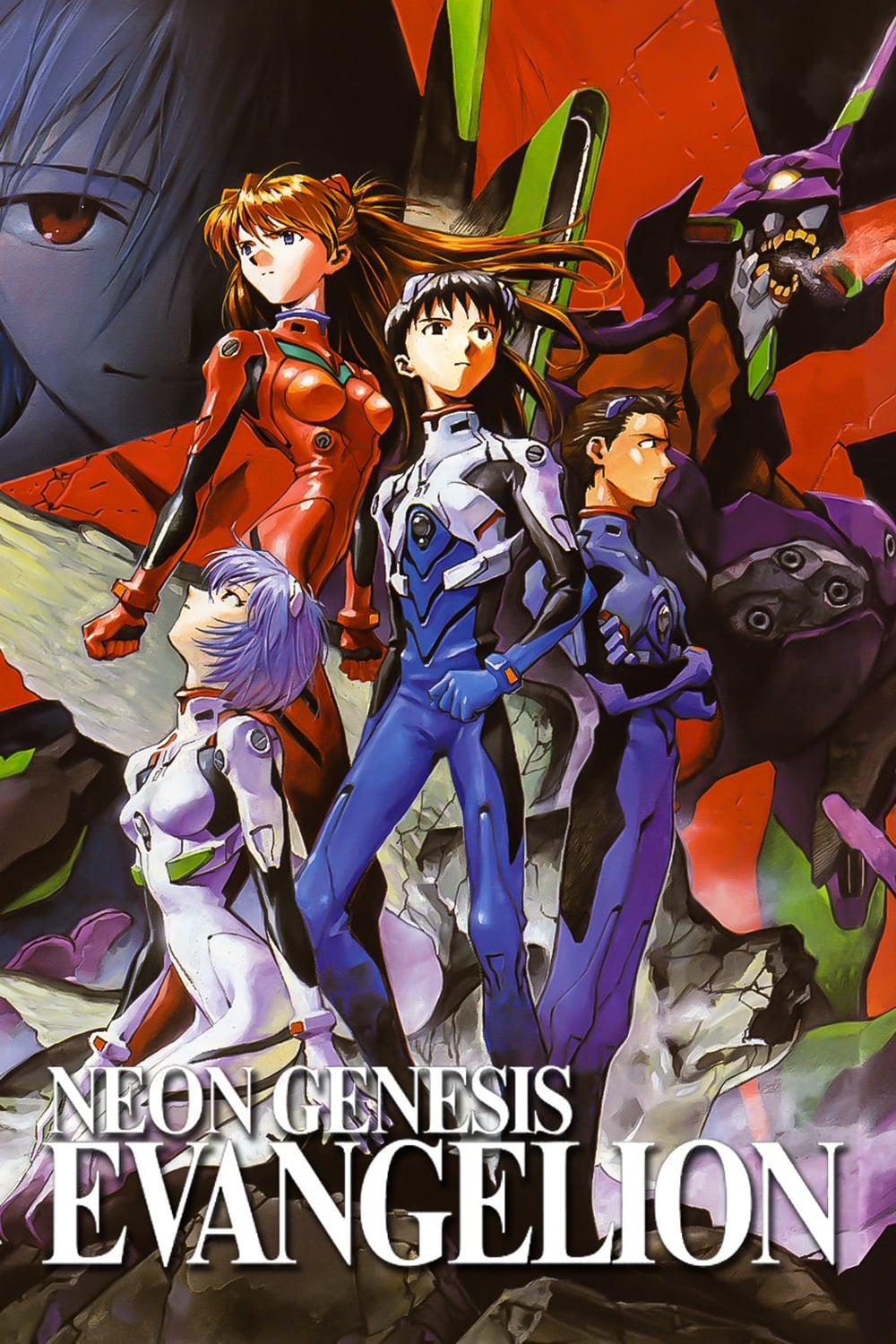
Evangelions aren’t simply robots; they’re living creatures contained within armored suits. The Instrumentality Project aims to dissolve the emotional walls between people, not operate a machine. Angels aren’t uniform invaders, but unique beings with their own bodies and reasons for acting. While the original ending centered on characters finding peace within themselves, subsequent movies and episodes explore different outcomes with more action and events.
‘Demon Slayer: Kimetsu no Yaiba’ (2019–present)
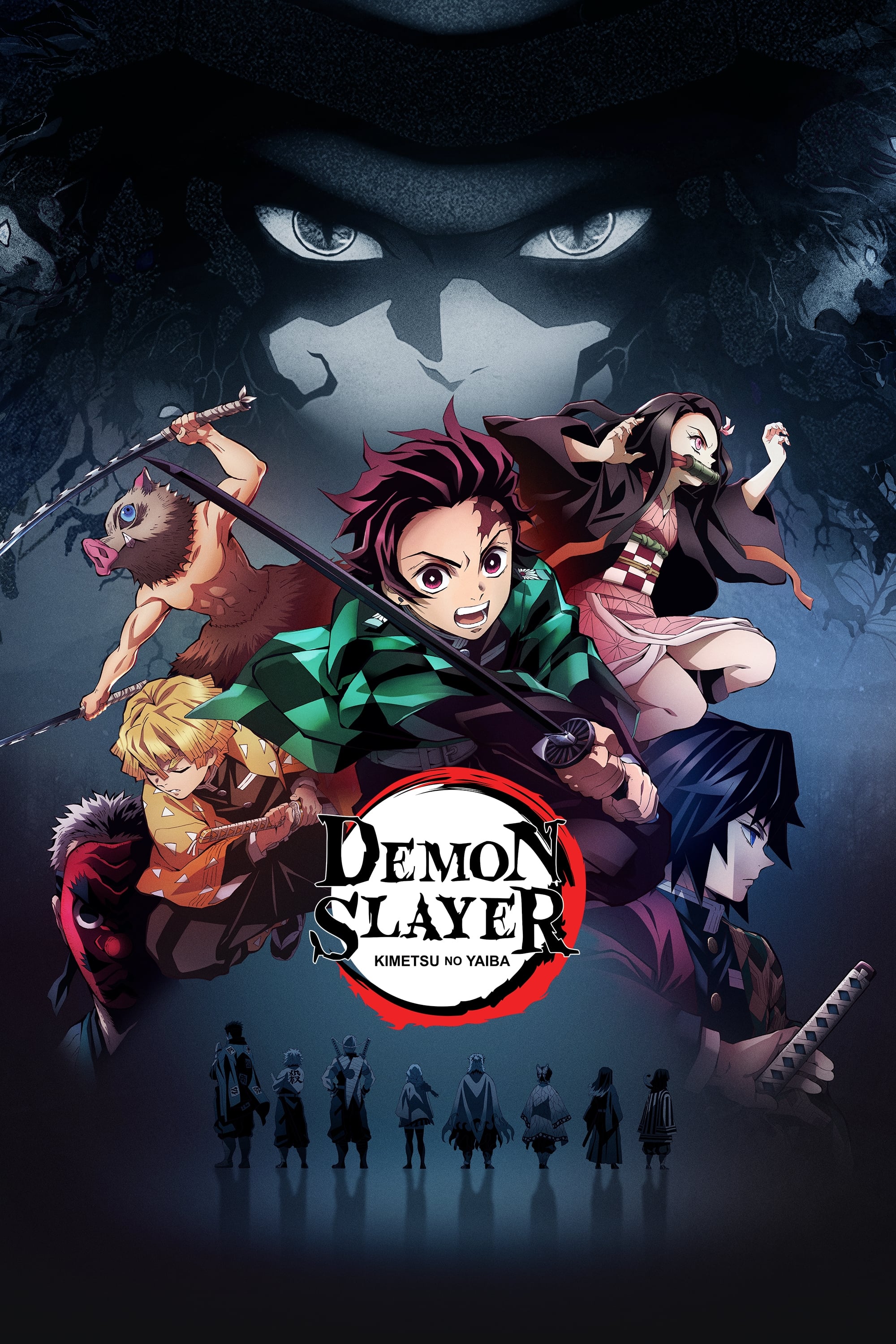
Breathing Styles aren’t magical; they’re intense training methods that help people reach their physical peak. Nichirin swords appear in different colors depending on who’s wielding them—it’s not that there are multiple swords, just variations in appearance. Demons are made when someone receives Muzan’s blood or comes from his lineage, and they often remember parts of their past lives as humans. Total Concentration is constant training that improves a person’s natural strength and how quickly they heal.
‘My Hero Academia’ (2016–present)

Deku’s power, One For All, isn’t just one ability – it holds and passes down the Quirks of all its previous users. A hero license isn’t about how strong you are, but legal permission to use your powers publicly. Quirks are inherited, which is why families often share similar abilities, though each person’s power isn’t exactly the same. Villains usually have specific beliefs and goals that conflict with the established hero system, rather than simply wanting to cause destruction.
‘Bleach’ (2004–present)
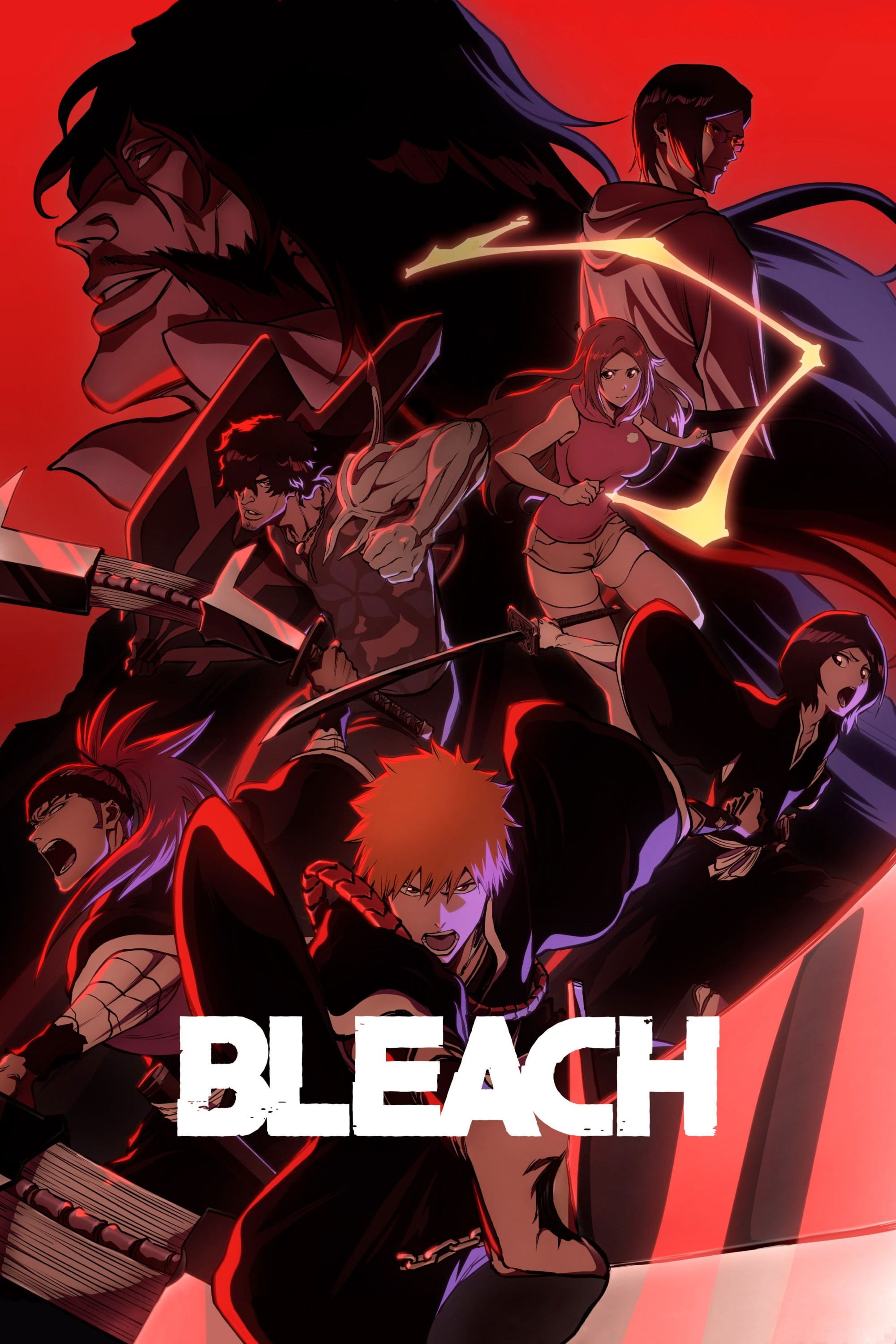
Hollows are essentially damaged souls that can be healed and allowed to move on, which changes how we see many fights – they’re not just battles, but potential rescues. Ichigo’s unique heritage gives him several different power sources, causing his abilities to change as he accesses them. Swords, known as Zanpakuto, each have their own spirit and name, and these determine how they unlock new powers, rather than just getting random improvements. The Soul Society functions like a formal government, which is why it has established rules, courts, and different departments for specific tasks.
‘Death Note’ (2006–2007)
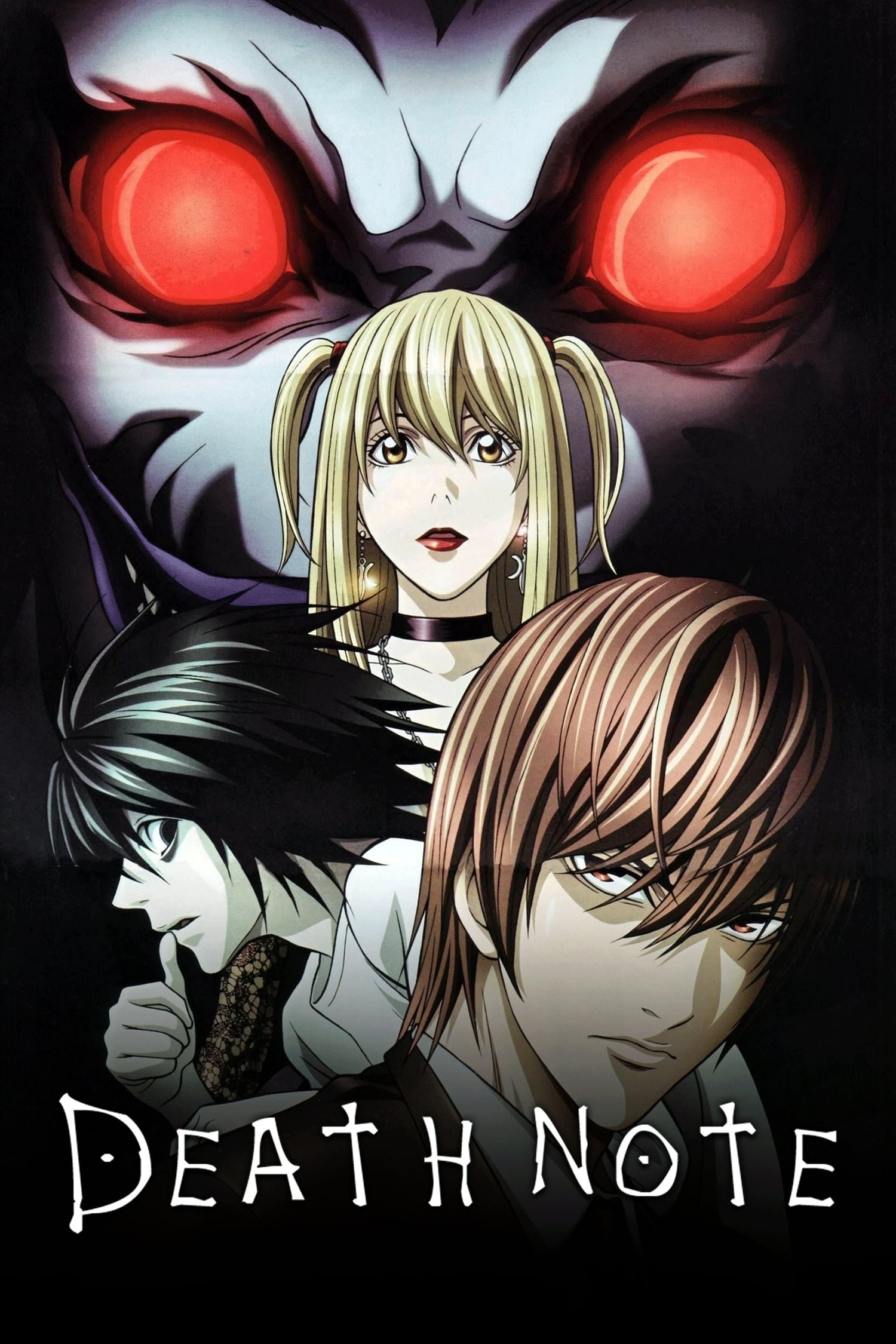
Simply writing a name isn’t enough; people need to visualize the person’s face to prevent creating duplicates. While specific circumstances allow for customized deaths within certain timeframes, standard rules apply when information is incomplete. Shinigami can’t disclose a human’s real name unless they trade for the person’s eyes. Ownership and memories associated with a notebook can be passed on, potentially resetting or regaining lost knowledge depending on how it’s done.
‘Hunter x Hunter’ (2011–2014)
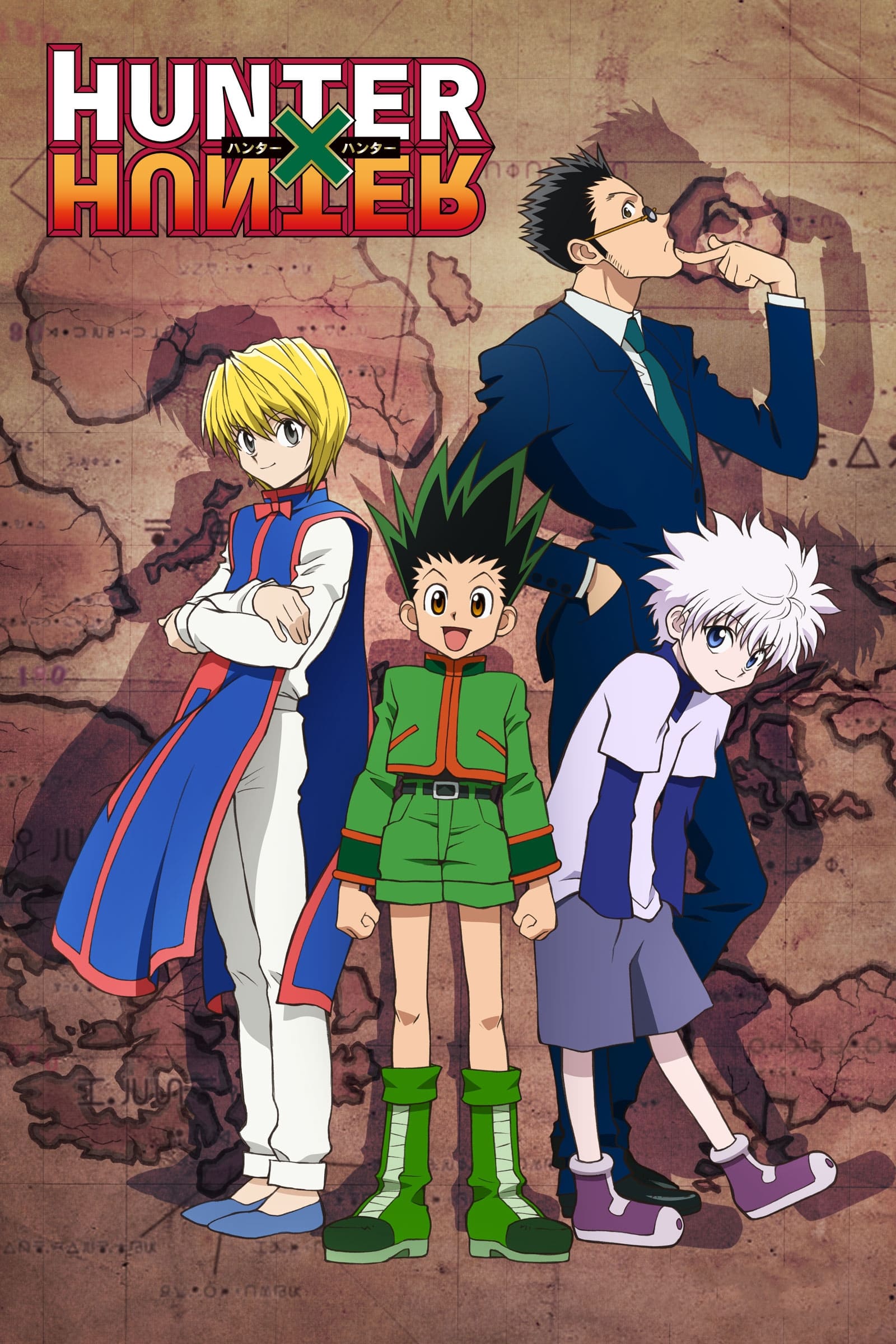
Nen is more than just a way to measure power; it’s a system with different types that come with both strengths and weaknesses. The power boosts gained through vows and conditions can be risky, leading to unpredictable surges. Chimera Ants gain characteristics from the humans they consume, impacting their intelligence and how they build their communities. The Hunter Exam isn’t just about fighting skills; it also assesses a person’s decision-making and ability to adjust to new situations.
‘Tokyo Ghoul’ (2014–2018)
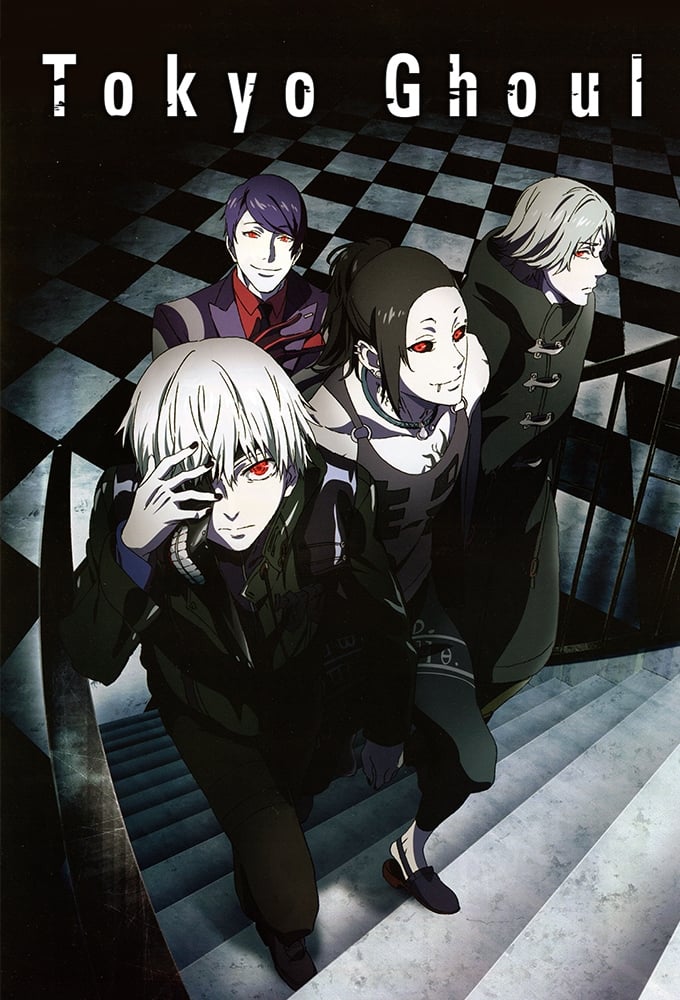
Kaneki’s strength doesn’t come instantly; he has to learn to eat ghoul food and control his kagune through training. Ghouls often survive by hiding and relying on groups that provide them with safe food, making it harder for the police to track them. The investigators fighting ghouls use weapons called quinque, which are made from ghoul kagune, so their abilities are similar. The anime and manga versions of the story differ in some important plot points due to changes in content and how things are presented.
‘Cowboy Bebop’ (1998–1999)
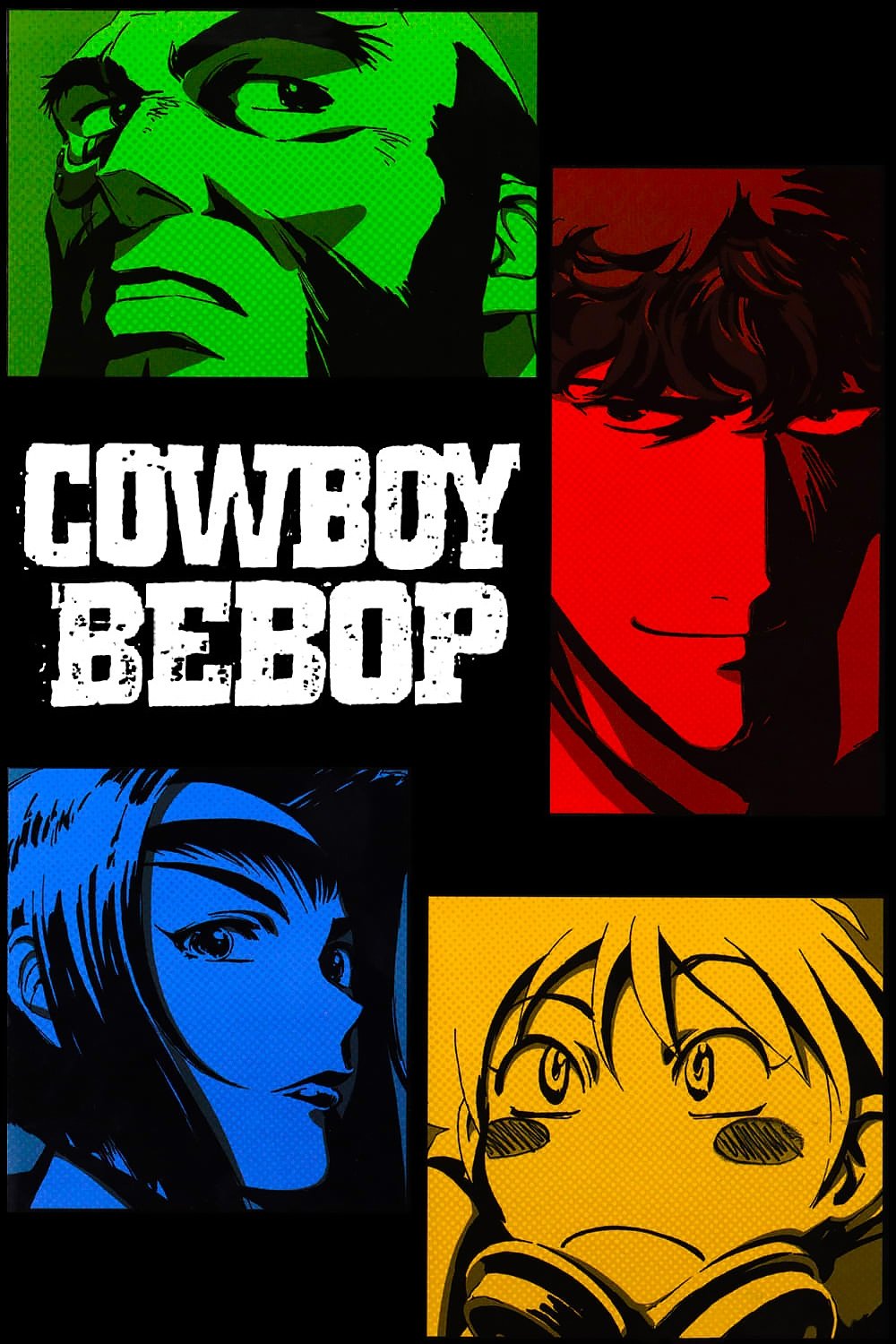
The show isn’t just a series of unrelated adventures; it has a central storyline about connections from the past that gradually unfolds. After an accidental discovery of a gate, humans have spread throughout the solar system, creating a diverse range of settings. The bounty hunting aspect of the show is realistic – hunters must follow legal rules and often don’t get paid for their efforts. Importantly, music is woven into the show’s structure, with episode titles and recurring themes mirroring different musical genres.
‘Sword Art Online’ (2012–2020)

This story isn’t a typical ‘transported to another world’ tale. The characters stay in reality but connect to a virtual world. Because the technology directly stimulates the brain, any injuries sustained in the game have real-world consequences, raising the stakes. As the story progresses, artificial worlds with unique rules and time distortions are introduced, but they still impact the characters in the real world. What seems like magic to ordinary people is actually explained by the game’s data and administrative controls.
‘Pokémon’ (1997–present)

The show doesn’t follow a consistent timeline for how long things take, so Ash remains around the same age throughout the series. Pokémon don’t actually die when they’re defeated in battle – they just become temporarily exhausted. The way Pokémon Leagues and tournaments work changes from region to region and season to season, explaining why the rules and badges are different. Also, Pokémon moves and abilities get updated over time, meaning strategies you saw in older episodes might not work the same way now.
‘Haikyu!!’ (2014–2020)

Success in volleyball isn’t just about being tall. Positions like libero and setter value skills beyond height. The official rules of the game influence how teams strategize, including player rotations and specialized roles. Training emphasizes skills like footwork and timing, leading to small improvements that add up over time. Teams also study their opponents to identify weaknesses in receiving serves and adjust their strategies accordingly.
‘Jujutsu Kaisen’ (2020–present)
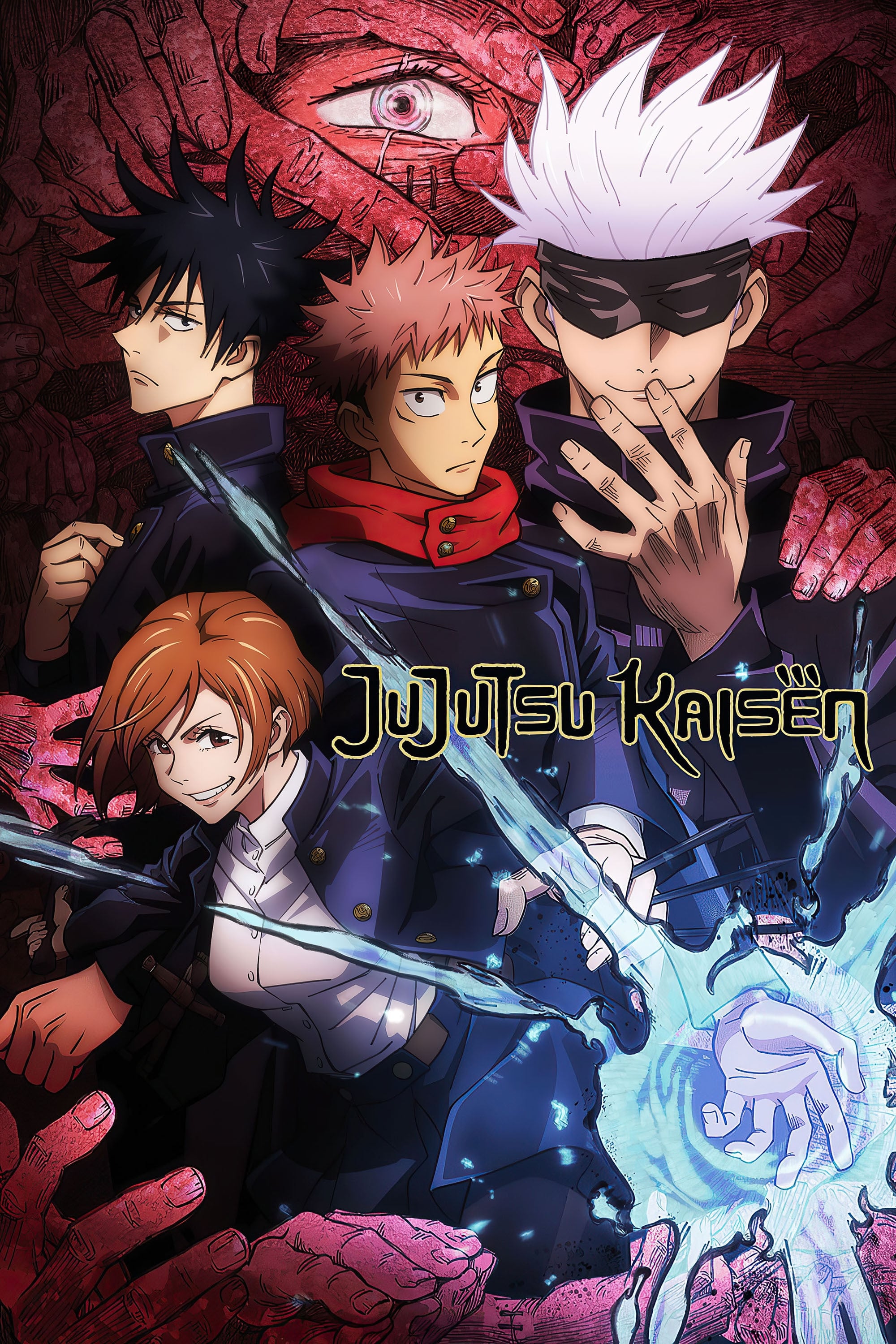
Within the show’s universe, Sukuna isn’t a legendary demon, but a powerful sorcerer from the past. After his death, his remains became cursed objects. Cursed energy is fueled by negative feelings and needs to be carefully controlled through training and skill. Domains are special spaces where attacks always hit, unless another sorcerer can specifically defend against them. Sorcerer rankings aren’t about how strong someone is overall, but how well-suited they are for different missions.
‘Sailor Moon’ (1992–1997)
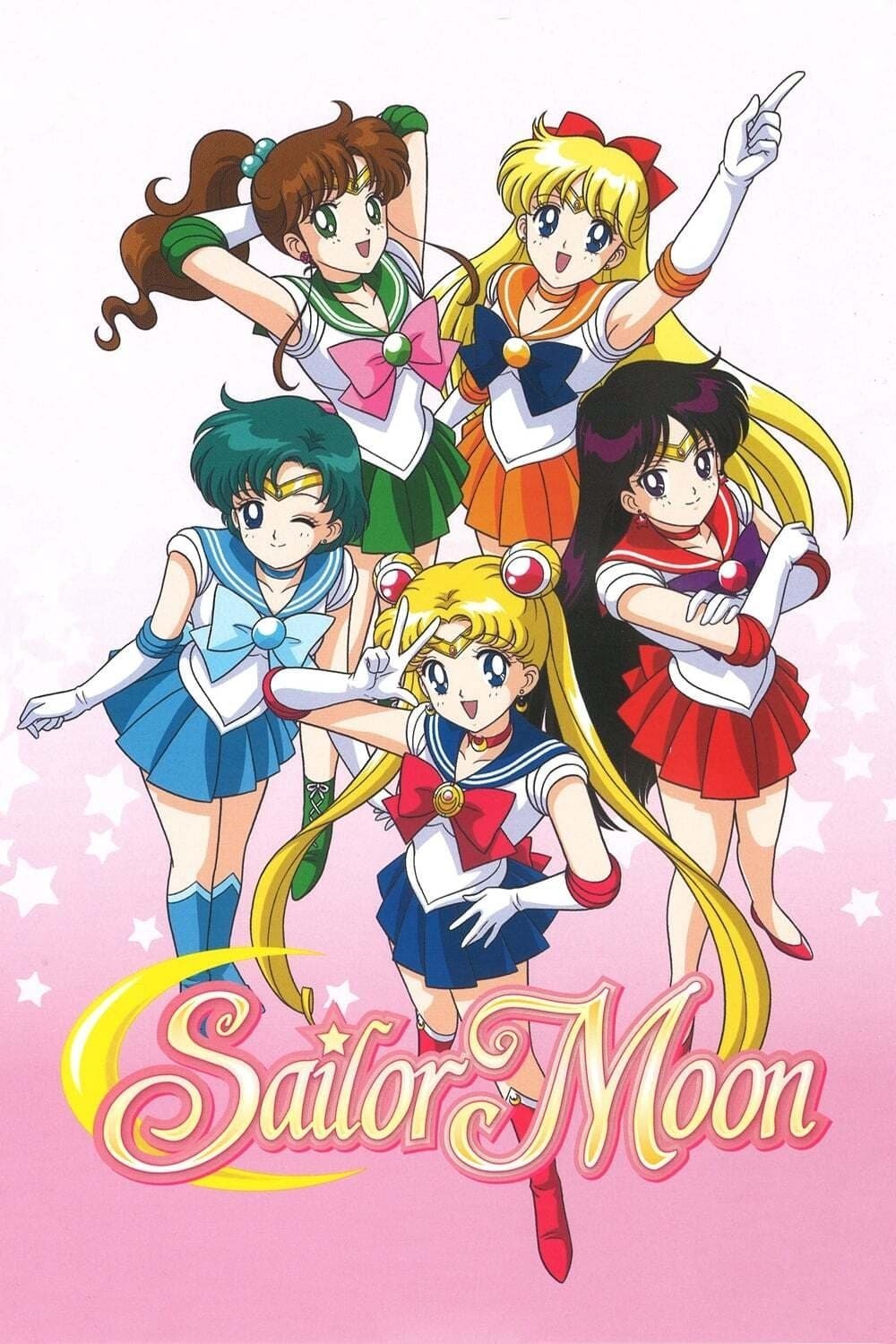
The Sailor Guardians are protectors of the planets, gaining their powers from stars and other celestial bodies, not the sea. When they transform, it’s a quick process – it happens instantly in battles. Over time, the team grows, with each member having specific jobs and special items. Even with their heroic duties, the Guardians still focus on everyday life, and their school experiences and friendships often play a big part in the stories.
‘Spirited Away’ (2001)
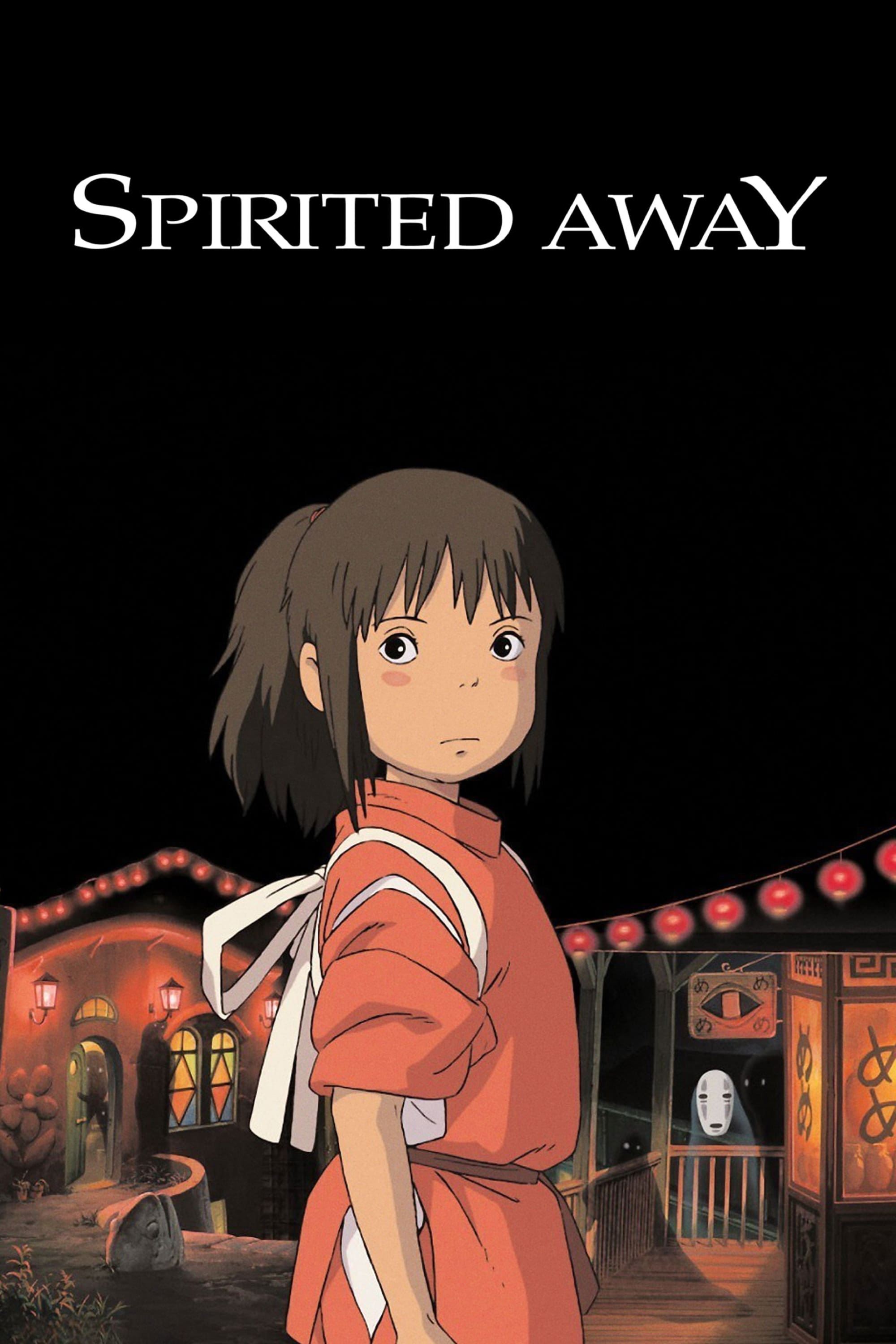
Yubaba steals the names of her workers to control them, making a person’s true name essential for maintaining their identity. The bathhouse operates like a business, with specific rules for serving and charging spirits. Haku is trapped by a magical contract and his lost name, which causes him to act in conflicting ways. Ultimately, the story focuses on the dangers of greed and the burdens of work, rather than just being a story about saving someone.
‘Chainsaw Man’ (2022–present)

Denji is unique – he’s part human, part devil, created by a special agreement with the Chainsaw Devil, not born as a full devil. Devils themselves are born from people’s fears, and the stronger the fear, the more powerful the devil. Public Safety teams try to control these dangerous beings by carefully managing contracts, rewards, and the risks involved. Importantly, characters can heal from injuries, but it takes both blood and time, so they can’t recover instantly or endlessly.
Share your favorite corrections in the comments and tell us which myths you want cleared up next.
Read More
- Deepfake Drama Alert: Crypto’s New Nemesis Is Your AI Twin! 🧠💸
- Can the Stock Market Defy Logic and Achieve a Third Consecutive 20% Gain?
- Dogecoin’s Big Yawn: Musk’s X Money Launch Leaves Market Unimpressed 🐕💸
- Bitcoin’s Ballet: Will the Bull Pirouette or Stumble? 💃🐂
- SentinelOne’s Sisyphean Siege: A Study in Cybersecurity Hubris
- Binance’s $5M Bounty: Snitch or Be Scammed! 😈💰
- LINK’s Tumble: A Tale of Woe, Wraiths, and Wrapped Assets 🌉💸
- ‘Wake Up Dead Man: A Knives Out Mystery’ Is on Top of Netflix’s Most-Watched Movies of the Week List
- Yearn Finance’s Fourth DeFi Disaster: When Will the Drama End? 💥
- Ethereum’s Fusaka: A Leap into the Abyss of Scaling!
2025-11-11 07:16